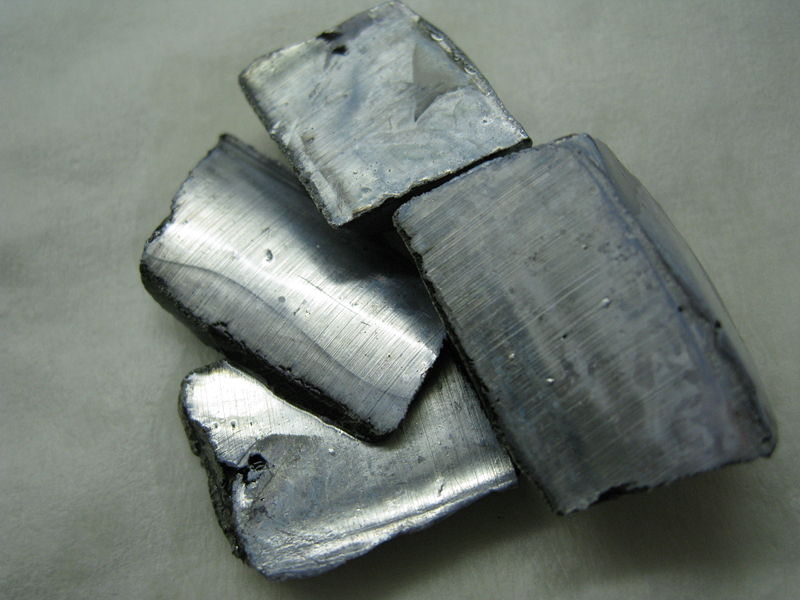IYC2011 - Potassium Traditional Geocache
-
Difficulty:
-

-
Terrain:
-

Size:  (small)
(small)
Related Web Page
Please note Use of geocaching.com services is subject to the terms and conditions
in our disclaimer.
This is a cache in the IYC2011-series that is preparing for
the
International Year of Chemistry in 2011. They will
hopefully
increase chemistry knowledge as well as provide for good
cache
experiences.
Each cache in the IYC2011-series contains a clue (on the
log
sheet) to find the final IYC2011-cache to be released on
1/1/2011.
Potassium
Potassium is the chemical element with atomic number 19,
represented by the symbol K.
Potassium was first isolated from potash. Elemental potassium is a
soft silvery-white metallic alkali metal that oxidizes rapidly in
air and is very reactive with water, generating sufficient heat to
ignite the evolved hydrogen.
Potassium in nature occurs only as ionic salt. As such, it is found
dissolved in seawater, and as part of many minerals. Potassium ion
is necessary for the function of all living cells, and is thus
present in all plant and animal tissues. It is found in especially
high concentrations in plant cells, and in a mixed diet, it is most
highly concentrated in fruits.
Potassium and sodium are chemically similar, since both are alkali
metals. However, their functions in organisms are quite different,
especially in animal cells.

Potassium cations are important in neuron (brain and nerve)
function, and in influencing osmotic balance between cells and the
interstitial fluid, with their distribution mediated in all animals
(but not in all plants) by the so-called
Na+/K+-ATPase pump. This ion pump uses ATP to
pump 3 sodium ions out of the cell and 2 potassium ions into the
cell, thus creating an electrochemical gradient over the cell
membrane.

Potassium reacts very violently with water producing potassium
hydroxide (KOH) and hydrogen gas.
2K (s) + 2H2O (l) → 2KOH (aq) + H2
(g)
This reaction is exothermic and temperature produced is sufficient
to ignite the resulting hydrogen. It in turn may explode in the
presence of oxygen. Potassium hydroxide is a strong alkali which
causes skin burns.
Read more about potassium here or here.
Cache contents
- Logsheet
- Pencil
- FTF-certificate
This cache will be maintained by myself and family in the area
on a monthly basis if needed.
Additional Hints
(Decrypt)
Haqre fgbarf